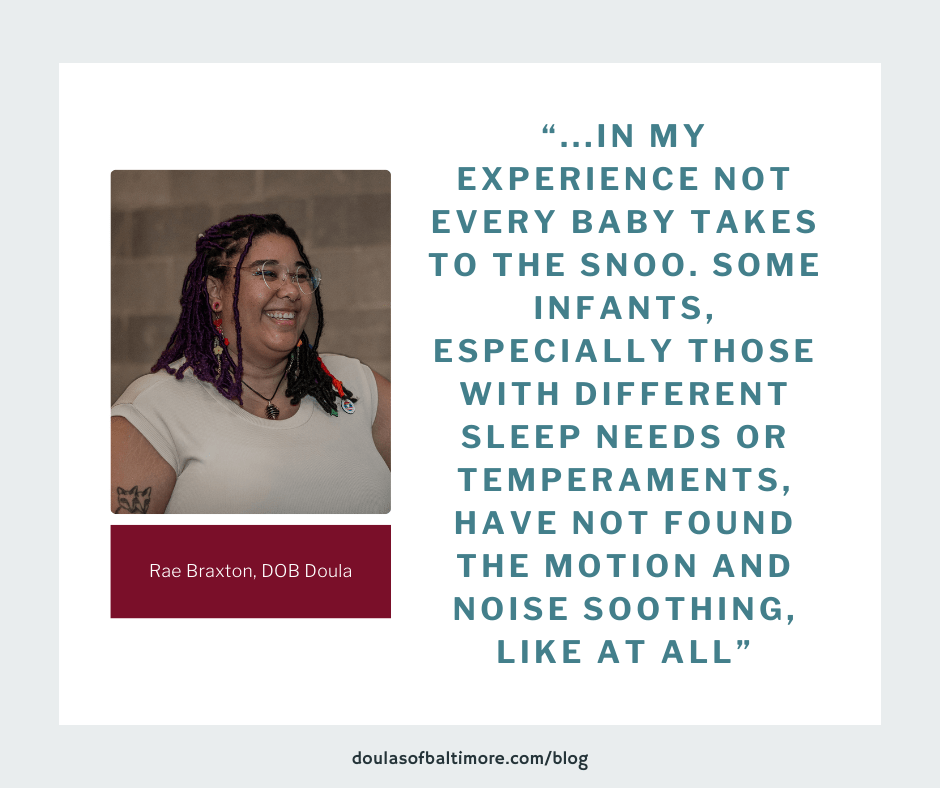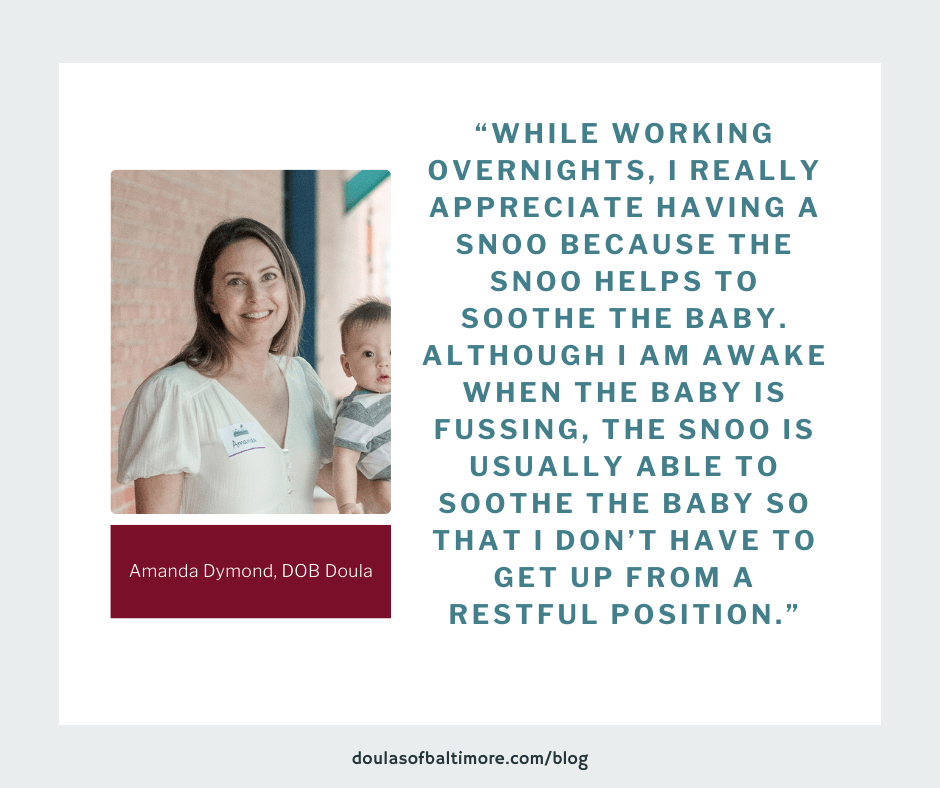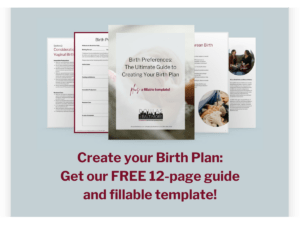RSV in babies is a topic that is regularly searched during this time of year. At the forefront of all safety-minded parents is the cold and flu season. This year, parents of young children (especially those under two) have likely seen much about the high levels of viral activity in the area.
We’re going to focus on RSV in babies and young children – this virus keeps lots of littles (and their parents!) awake at night and sometimes sends them to the pediatrician’s office or urgent care.
What is RSV anyway?
Respiratory Syncytial (sin-SISH-uhl) Virus (RSV) is a common, respiratory viral infection. For most, it typically causes relatively mild, cold-like symptoms, usually lasting a week or two. However for young children and the elderly, it can be much more severe. This means that if someone says, “Oh, we just have a little runny nose,” it could be a signal to you to adjust your plans to avoid RSV. It is the leading cause of pneumonia and bronchiolitis (inflammation of the small airways in the lungs) in children under one-year-old.
How to protect babies from RSV:
- Wash your hands frequently and require anyone who comes into contact with baby to also wash their hands. Keep hand sanitizer with you as well as an easy way to quickly disinfect hands.
- Make sure family members (especially siblings!) avoid kissing or touching your baby’s face and hands. Opt instead (if needed) for the back of the head – no kisses at all is preferable!
- Remind everyone to keep their hands off their face/mouth
- Cover coughs and sneeze (and promptly wash hands again)
- Encourage visitors to your home to wear a mask and wear your mask in crowded public settings
- Clean and disinfect high touch surfaces- door knobs, light switches, railings and toys that end up in baby’s mouth
- Avoid close contact with sick people: this includes staying out of pediatrician’s office/urgent care unless absolutely necessary and opting out of family gatherings if you’re not sure attendees are well
- Consider baby wearing during large gatherings and allowing family to meet them from a safe distance if you feel uncomfortable with passing the baby around. This is a great way to attend while also avoiding unwanted kisses or germs.
Common symptoms (older infants and toddlers):
- Excess mucus or runny nose
- Decreased appetite
- Coughing/wheezing
- Fever
In very young infants (under 6 months) you may only see:
- Irritability or general fussiness
- Decrease in activity
- Poor feeding
- Wheezing
How to treat RSV in babies at home:
- Prevent dehydration – fluids and frequent smaller feedings, suction nose just before feeding.
- Saline nose drops with gentle suctioning. We like the Nose Frida over a bulb syringe if you can stomach it!
- Keep a cool mist humidifier running as much as possible.
- Manage fever and discomfort with skin to skin, cool compresses and OTC meds – acetaminophen before 6 months of age, ibuprofen is ok after 6 months. Your pediatrician should have dosing recommendations.
Avoid the following for infants:
- Over-the-counter cough/cold medicine (unless recommended by your doctor)
- Aspirin or other pain relief medications
- Vapor rubs/oils like Vicks or eucalyptus applied to skin
- Any essential oils being applied to skin or diffused (especially eucalyptus!)
When to seek medical care:
- Trouble breathing – fast breathing, blue tinged skin or lips, pulling hard to breathe (see the AAP’s video on Signs of RSV in Babies)
- Fever over 100.4 for a newborn (under 4 months of age)
- Dehydration – fewer than 1 wet diaper every 8 hours
- Lethargy – significant decrease in activity or alertness. Trust your instincts here – you know your baby best.
Your pediatric care provider is able to treat the vast majority of infants and young children with RSV. In the event that your usual pediatrician is not available (after hours, booked, etc) or has recommended more immediate care, a pediatric specific urgent care is your next best option. Unless recommended by a pediatric provider, avoid the ER if possible. Our local pediatric emergency departments are often flooded with patients around this time of year, so if you absolutely have to go to the hospital, pack plenty of patience.
RSV/Cold/Flu season can be a stressful one for parents of a new baby. Balancing family relationships with keeping your baby safe can oftentimes leave you at odds with others. We want to encourage parents to be firm and kind in your decisions and always remember that your baby’s health and safety should come first. Follow your instincts when it comes to family outings or gatherings and do what feels right for you.
Also, you can always leave. If you happen to arrive at a family dinner full of symptomatic people that are making you nervous, you are always able to graciously leave. If you have a partner, now is the time to connect and discuss your game plan for handling family gatherings.
If this was helpful, be sure to check out our tips for keeping baby healthy or traveling while pregnant or with a baby during the holiday season!







